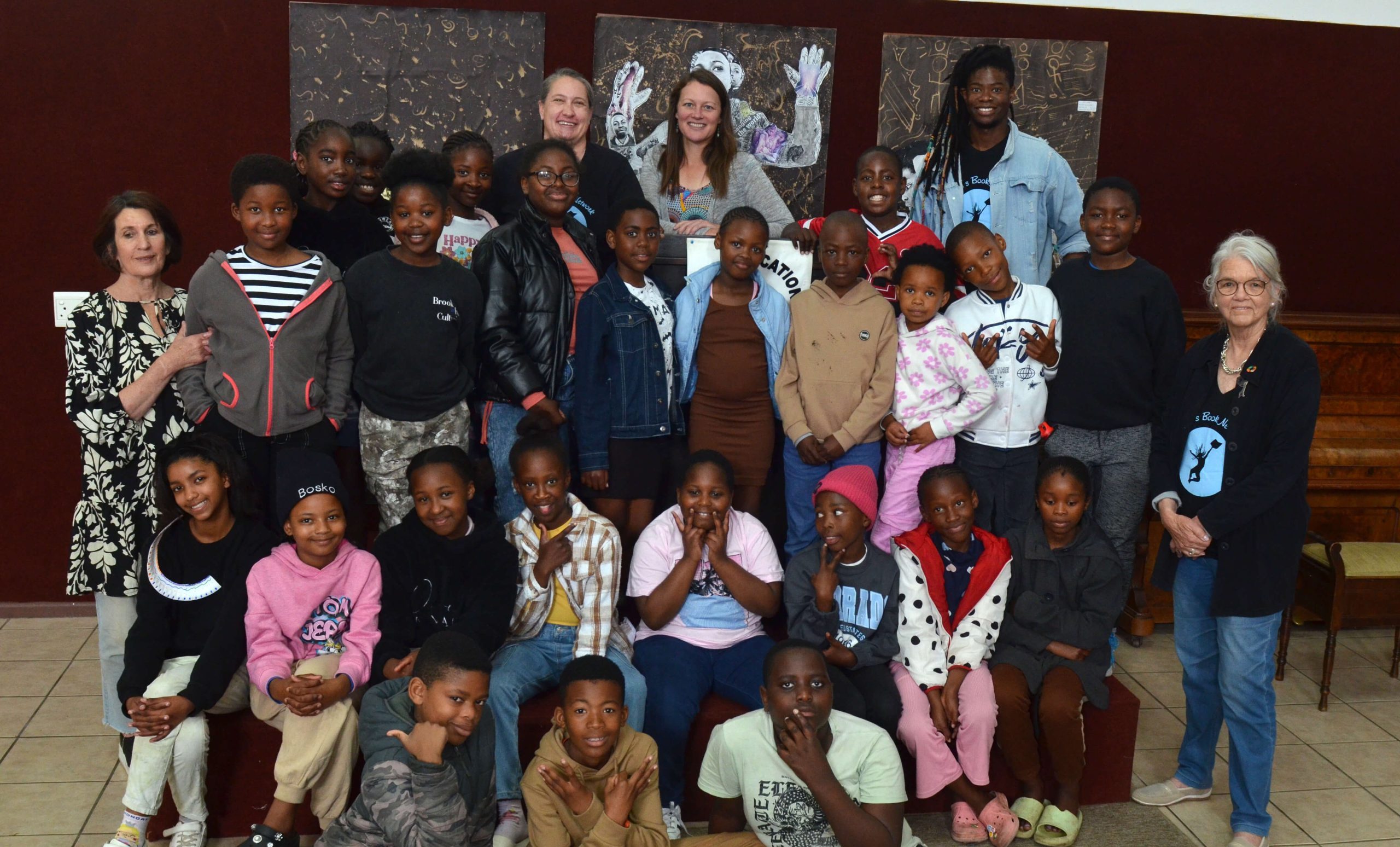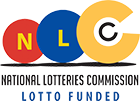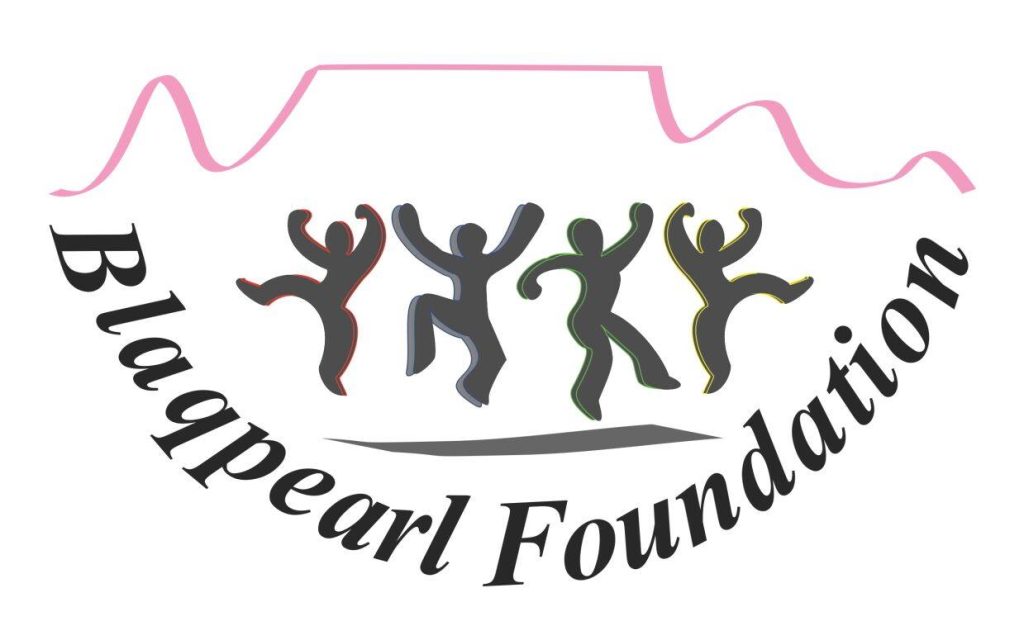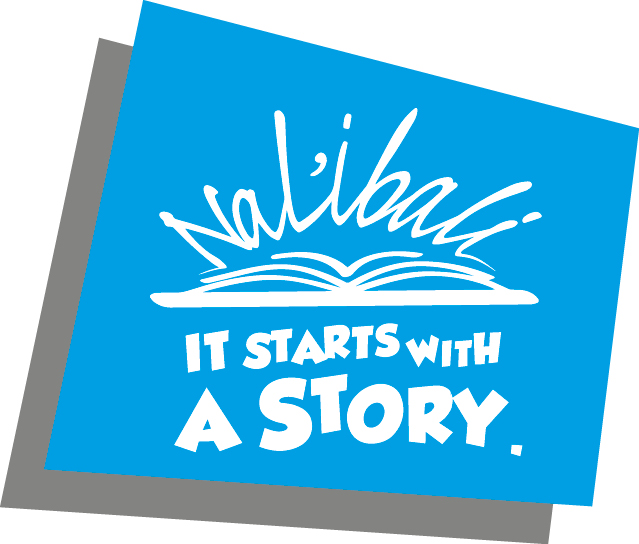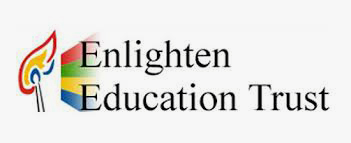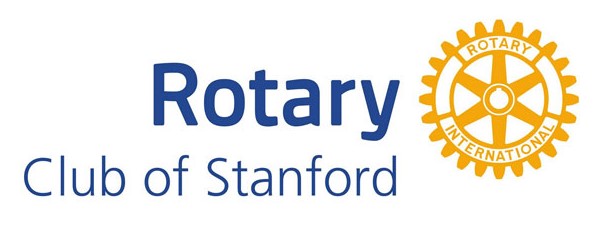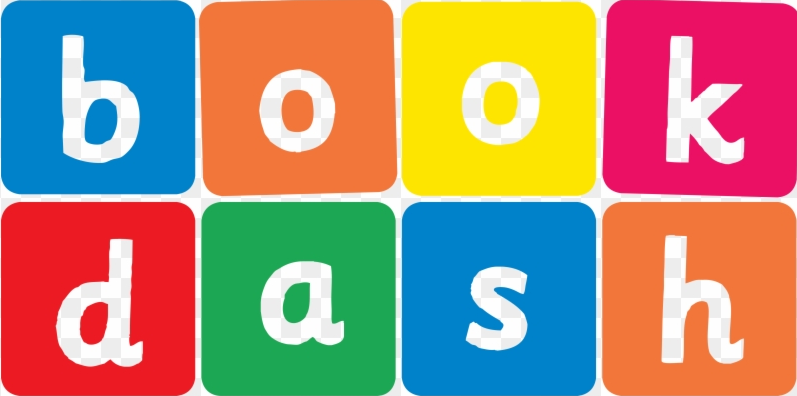Reading with the red toolbox
Help with Encouraging Reading – Quick Notes
Welcome to Children’s Book Network!
Our Reading Toolbox Project has 5 toolboxes – covering Grades 5 to Grade 7 and upwards into High School.
The toolboxes have been created to offer help with reading outside normal school hours.
Each toolbox contains a year of reading – one theme per term – and additional ideas for the fourth exam term (if there is time).
There is a CBN Handbook for each of the 12 themes – over a hundred pages each of stories poems, items of non-fiction and ideas specially written and created for this project.
There is a mini library. A carefully selected collection of published books around the theme – the best we can find in South Africa and the world – add more interest. Each theme is packed in a colourful book-bag.
There are ideas about how to become an Olympic reading champion – or at least how to read better and for fun as well as for information.
There is a mini-writing course, helping readers to improve their writing skills and relate to the reading topics.
There are no ‘questions at the end’, assessments or any kind of work for facilitators.
There is a game for each reading toolbox, adding fun and excitement to the art of reading.
COSTS
Each full reading toolbox costs R12 500. The single book-bags cost R4 000 each and the game R500. We try to find donors who are interested in donating toolboxes or book-bags to interested groups, including schools.
THINGS YOU SHOULD KNOW ABOUT US:
Our main goal is to bring more books to more children.
We do this with:
- Workshops with many books to read and enjoy.
- Reading Book Bags that take books into communities.
- Reading toolboxes that take our ideas out to more children.
We work in English. This is because:
- Some school subjects are taught in English from Grade 4
- Later, more and more subjects use English.
- English is the common language between people speaking some of 11 official languages.
Storytelling
Reading should begin with storytelling. Parents and grandparents don’t stories as much as they used to. Reading aloud is a good bridge between stories and books.
We read aloud to children at our workshops – and you can do the same. It just takes a bit of work and a bit of practice.
HOW TO READ ALOUD
BEFORE YOUR WORKSHOP WITH THE CHILDREN:
FIRST read the story quietly. For workshops, the story will be printed on paper as well as in a book. Use this paper to help you.
MARK any words that you don’t know. There will be a list of difficult words at the end, but these stories have been written specially for YOU so the words will not be hard.
- THEN – read the story again.
- THEN read the story two more times.
- THEN read the story out loud – to yourself.
- THEN read it a few more times out loud.
THEN think about the story. Think of things children could do when they hear the story.
THEN look at the activities (things you can do) for some more ideas.
THEN – and only then – you are ready to read aloud. It is really important to plan and prepare for workshops. You will have much more fun if you do.
ENJOY! Reading aloud is fun!
THINGS TO KNOW ABOUT WORKSHOPS
- Know what you are going to do. Plan and read.
- Remember why you are doing this – to help children read better and to think about what they read.
SOME RULES
- No cellphones at workshops (facilitators as well as children!). You are there to focus on the children, not your social media.
- Stand up! Walk about!
- Good facilitators join in When the children are doing an activity, don’t just get back on a chair. Encourage them. Praise them. Be involved in what they are doing.
- Only read aloud when you have read the story several times before the workshop.
- We don’t look for the best, or the top of the class. There is no competition in CBN. We don’t award any prizes.
- Your job includes the few sentences and pictures you send to us as record of the work you are doing. (We raise funding from generous donors and they need to know how we use their money.) We know how busy everyone is. We only need pictures of the children reading and writing and maybe five lines of comment from you about how well it is worked.
HELP!
- Ask for help if you are struggling.
- Talk about any problems.
- Tell us about your ideas.
Lesley and Wilien on admin@childrensbook.co.za
How do you get children to read?
FIRST
Read yourself. That means making an effort. If you are interested in reading more, we have books that we can lend you. YOU are the book hero to the children
SECOND
Children’s books and books for young people are not childish. They just have careful use of language. YOU can have a lot of fun reading them, and they are usually short.
Here is an example:
Dark and Light
It was dark. Dark like the inside of a black sack. Dark like there was never going to be any light again. Dark like everything she was frightened of.
What was she frightened of?
Dark, mostly. Then she was frightened of small noises. Like the noises she heard now – in the dark. Noises like small feet that belonged to … mice. Yes, definitely mice. Not rats. And that slithering noise wasn’t a snake, definitely not a snake. Just in her mind. Maybe that was worse.
The light, when it came, was white hot. It hurt her eyes. She closed them tight shut.
‘Are you OK?’ said her sister from the open door. We heard a noise. It sounded as if you were frightened … calling for help. Is everything alright?
‘Y..y…yes.’ said Lana. ‘Everything is fine.’
THIRD
Prepare. When you read a story, you must know it first. The words have to flow and the pauses (stops) have to work. Listen to this story again – this time with no preparation.
FOURTH
Don’t display all the books at once. Maybe show the readers what they have to look forward to but concentrate on one book at a time. Keep the element of surprise and delight.
FIFTH
Enjoy yourself as well! Reading is fun. It can be just as much fun for the person organizing the project.
Good luck with the Red Reading Toolbox and the first Year of Reading.
The CBN Team

